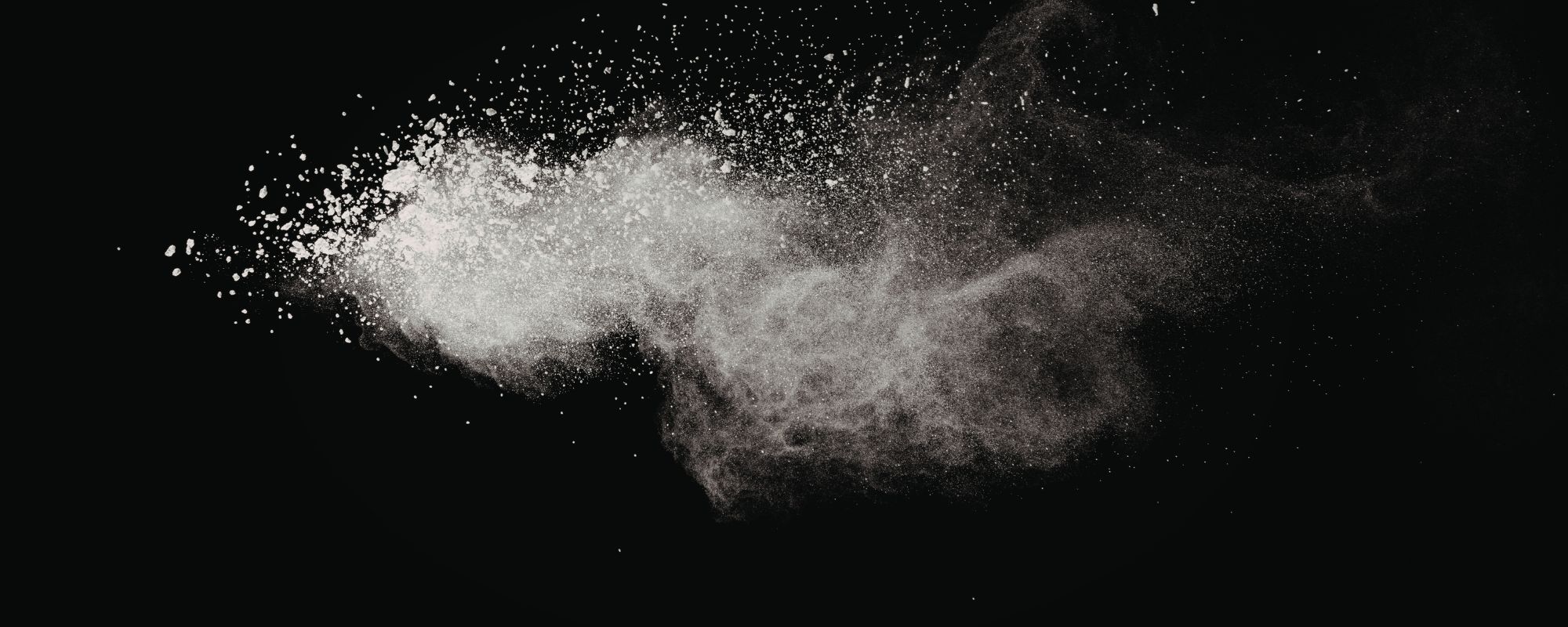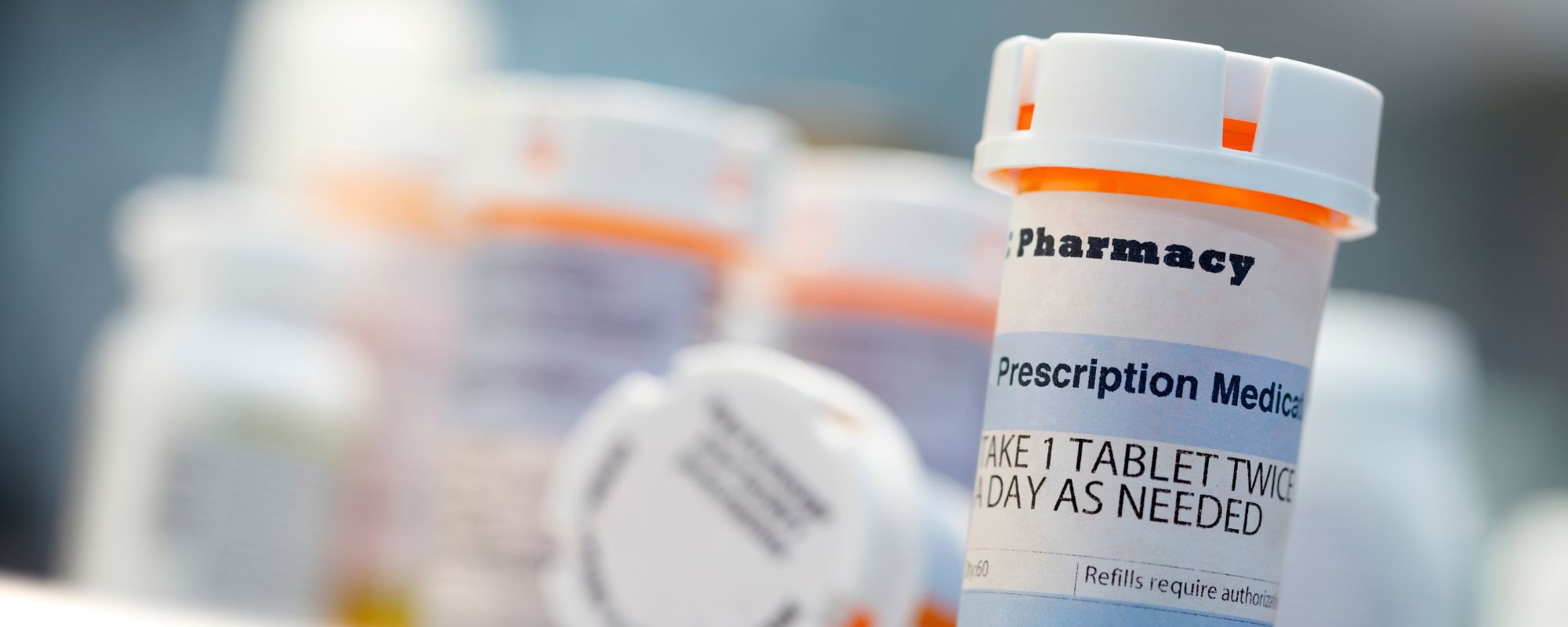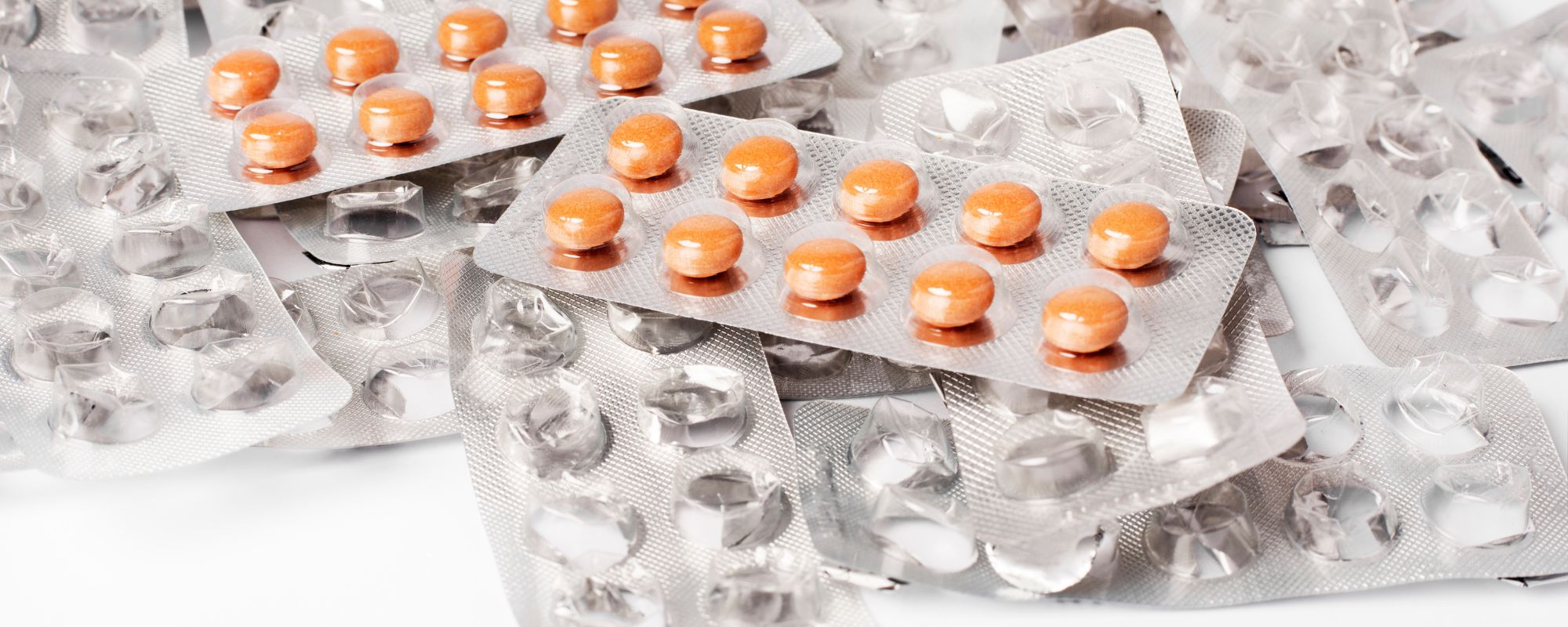Marijuana, also known as cannabis, is a naturally growing plant often consumed for its psychoactive effects. It’s derived from two main strains: Cannabis sativa and Cannabis indica. These plants contain tetrahydrocannabinol or THC for short.
THC is what is responsible for the “high” people feel when consuming marijuana. Another chemical found in these plants, cannabidiol (CBD), is non-psychoactive – its effects include things like reduced anxiety and inflammation. It’s the THC that needs to be eliminated during a marijuana detox.
People can consume marijuana in a variety of ways. The most common method is by crushing the plant up, rolling it up in cigarette paper as a “joint” or cigar paper as a “blunt,” and smoking it. However, people can also consume it as a marijuana edible. Believe it or not, it’s even possible to drink marijuana!
As legal restrictions ease, the number of marijuana products has proliferated, creating various new methods to consume it. As it becomes easier and easier to obtain, consumption will likely go up. However, prolonged use can lead to dependence, and for those who want to stop using it, a marijuana detox might be necessary to help the body adjust and flush out residual THC.
Regardless of how marijuana is consumed, the effects are largely the same.
Desirable effects of marijuana include:
- Euphoria
- Relaxation
- Heightened sensory perception – increased enjoyment of music and food; colors may appear brighter
- Boosted creativity
- Lower anxiety (this one is complex – strains higher in CBD will lower anxiety; those with more THC may increase it)
- Higher appetite; hungrier more often
There are also less pleasant effects marijuana brings. These include:
- Dry mouth
- Paranoia and anxiety
- Reduced motor skills
- Higher heart rate
Marijuana is currently classified as a Schedule I Controlled Substance. However, as mentioned before, laws across the country are changing on this. Many states have passed laws decriminalizing marijuana or allowing it for medical use. The federal government has also de-emphasized marijuana enforcement. The Justice Department earlier this year also proposed moving marijuana to a lower level on the Controlled Substances List.
Marijuana Nicknames and Street Names
Marijuana goes by a plethora of names.
Some of the most common include:
- Weed
- Pot
- Grass
- Ganja
- Mary Jane
- Bud
- Herb
- Dope
- Hydro/”Dro”
- Green
- Reefer
- Chronic
- Loud
- Dank
- Endo
These names can change or evolve over time, especially with the development of new strains and regional slang. Those who use marijuana regularly may need to go through a marijuana detox.
Get confidential help from our addiction treatment specialists in Orange County. Call to join our rehab program today!
Call 866-881-1184How Do People Use Marijuana
People use marijuana in a variety of ways, each with a different onset of effects.
The traditional and most popular method is to smoke it, and there are different ways to do that.
People smoke marijuana in:
- Joints: Rolled marijuana on paper, similar to a cigarette.
- Blunts: Rolled marijuana in a cigar wrap, often made from tobacco leaves, which can add nicotine to the experience.
- Pipes (Bowls): Small handheld devices where users pack marijuana and light it, inhaling the smoke through a mouthpiece.
- Bongs: Water pipes that filter marijuana smoke through water, making it smoother to inhale.
When marijuana is smoked, effects are felt within minutes and typically last one to three hours.
Similar to smoking is vaping. While in both methods, marijuana is inhaled into the lungs, the difference here is that vaporizing heats marijuana to a temperature where cannabinoids are released as vapor without combustion, reducing the amount of harmful smoke. The two main ways people vape marijuana is with vape pens, which use cannabis oil cartridges, and dry herb vaporizers that vaporize raw cannabis.
As with smoking, the effects begin within a few minutes and last one to three hours.
Another method to consume marijuana is to consume it via edibles literally. Marijuana edibles are increasingly popular across the country and can be bought openly at any number of stores. Examples of edibles include baked goods like brownies or cookies, weed gummies or candies, and even drinks. Marijuana drinks are also increasingly available.
Consuming marijuana in this way has a longer onset of effects: between 30 minutes to two hours, with the typical high lasting between six and eight hours. The delayed onset can lead some to inadvertently take more, leading at times to overdose and the need for marijuana detox.
How Many People Use Marijuana?
Marijuana is one of the most popular drugs in the world. According to the World Health Organization, about 147 million people consume cannabis. That’s roughly 2.5% of the global population.
In the United States, marijuana is not only popular but growing more so as time goes on. A 2024 Gallup poll indicates 17% of Americans have smoked marijuana the previous year. This is up from 11% in 2015. The poll also reports that 50% of American adults have tried marijuana at some point in their lives.
Some avoid smoking weed due to drug tests for employment. Urine testing is the most common way to test for marijuana. Traces of THC can remain in the urine for as long as a month, depending on frequency of use and other factors. Some things that drug tests for cannabis can be beaten using techniques like drinking plenty of water or apple cider vinegar. While these may assist in detox from cannabis, they aren’t a surefire way to pass a drug test.
Looking for quality substance abuse treatment that’s also affordable? South Coast accepts most major insurance providers. Get a free insurance benefits check now.
Check Your CoverageWhat Is Marijuana Dependence?
While many people discount the idea one could become dependent on marijuana, seeing it as a remnant of “reefer madness” hysteria, marijuana dependence is quite real. Dependence can emerge out of regular use, especially if someone is using high-potency strains like “dro.”. Over time, the body and mind may begin to crave the drug, making it hard to quit without help. For many, quitting involves undergoing a marijuana detox.
Signs of marijuana dependence include:
- Cravings
- Increased tolerance
- Withdrawal symptoms: This is quite real. When not using, people who habitually smoke marijuana report feelings of irritability, anxiety, and insomnia.
To combat these symptoms, a structured marijuana detox process can help. Detox is often the first step in recovery, providing the body with a chance to reset and flush out substances like THC on which it may be dependent.
Long-Term Risks of Marijuana Use
Believe it or not, there are long-term risks to chronic marijuana use, and they can be serious.
Prolonged marijuana use among teens and preteens can have a variety of detrimental effects. According to the Substance Abuse and Mental Health Services Administration (SAMHSA), long-term marijuana abuse has been linked to lifetime IQ loss and a variety of mental health issues.
Numerous studies have also found a connection between schizophrenia and marijuana consumption. It is believed that THC can aggravate or worsen schizophrenia tendencies in those who are already at risk for the disorder.
Lastly, while controversial, there is reason to believe marijuana is indeed a gateway drug for other substances.
What Is Marijuana Detox?
Marijuana detox is the process of eliminating THC from the body. This process is not always easy due to unpleasant weed withdrawal symptoms. The goal of a professional marijuana detox is to help clear the system of cannabinoids and manage any withdrawal symptoms that may arise.
A professional marijuana detox can help you through withdrawal via medical support. For example, there are cannabinoid receptor agonist drugs like HU210 that can trick your brain into thinking you’ve taken the marijuana it craves. Some anti-drugs, like buspirone, also have scientific support for treating marijuana addiction.
Symptoms of Marijuana Withdrawal
As a person’s body adjusts to the lack of THC, a range of withdrawal symptoms may result. The severity and duration of these symptoms can vary based on factors like the frequency of use, the potency of the marijuana used, and individual differences.
If you are planning a marijuana detox, here are some symptoms to expect:
- Irritability: This can be due to changes in mood and the absence of the calming effects that marijuana often provides.
- Anxiety: Increased anxiety may occur when the body suddenly finds itself without the soothing effects of marijuana.
- Insomnia: Marijuana often aids in sleep onset, so its absence can lead to issues falling asleep or staying asleep.
- Loss of Appetite: You may experience a lack of interest in food or changes in your usual eating patterns.
- Mood Swings: You might experience feelings of depression, sadness, or sudden emotional changes.
- Physical Discomfort: Physical symptoms, such as headaches, nausea, chills, or muscle aches, may occur. Your heart may also race due to anxiety.
- Difficulty Concentrating: You may feel lethargic, find it difficult to focus, or feel generally unproductive.
- Nightmares: Some report experiencing nightmares while withdrawing from marijuana.
Marijuana withdrawal symptoms typically begin within 24-48 hours after cannabinoids leave the body, with most peaking within the second to sixth day of abstinence. With heavy users, however, some symptoms could last up to three weeks or more.
These symptoms may be scary, but you can certainly get through them with a professional marijuana detox program.
Marijuana Detox Programs
There are so many benefits to quitting weed. If you are seeking help with quitting marijuana, professional treatment may be a good option for you. South Coast Behavioral Health offers a medical detox program, with 24/7 support from specialists to help you get rid of marijuana from your body. After this is completed, you can take advantage of our other drug addiction treatment offerings, such as cognitive behavior therapy, and holistic treatment options, such as our nutrition, mindfulness, and life skills programs.
Marijuana Recovery Support Groups
Give us a call at 866-881-1184 or contact us here to get started. Our friendly and knowledgeable team can answer any questions you may have.
- Office of Public Affairs | Justice Department Submits Proposed Regulation to Reschedule Marijuana | United States Department of Justice
- Know the Negative Effects and Risks of Marijuana Use | SAMHSA
- The Association Between Cannabis Use and Schizophrenia: Causative or Curative? A Systematic Review – PubMed (nih.gov)
- Cannabinoid Receptor Agonist – an overview | ScienceDirect Topics
- Cannabinoid 1 Receptor Agonist – an overview | ScienceDirect Topics
- Pharmacological treatment of cannabis dependence – PubMed (nih.gov)
- The Effects of Lithium Carbonate Supplemented with Nitrazepam on Sleep Disturbance during Cannabis Abstinence – PMC (nih.gov)
- Cannabis drinks: How do they compare to alcohol? – Harvard Health
- Alcohol, Drugs and Addictive Behaviours (who.int)
- What Percentage of Americans Smoke Marijuana? (gallup.com)






